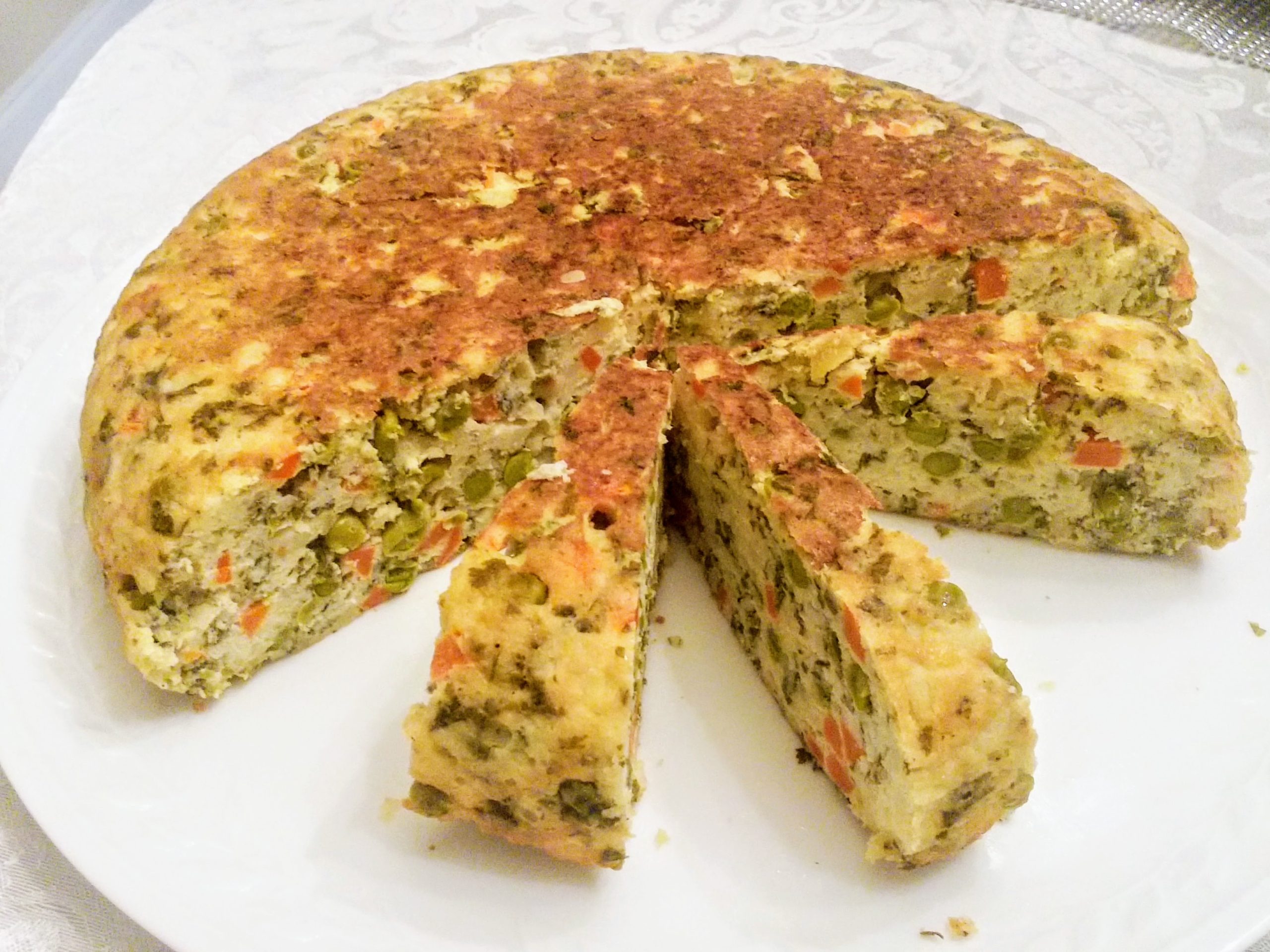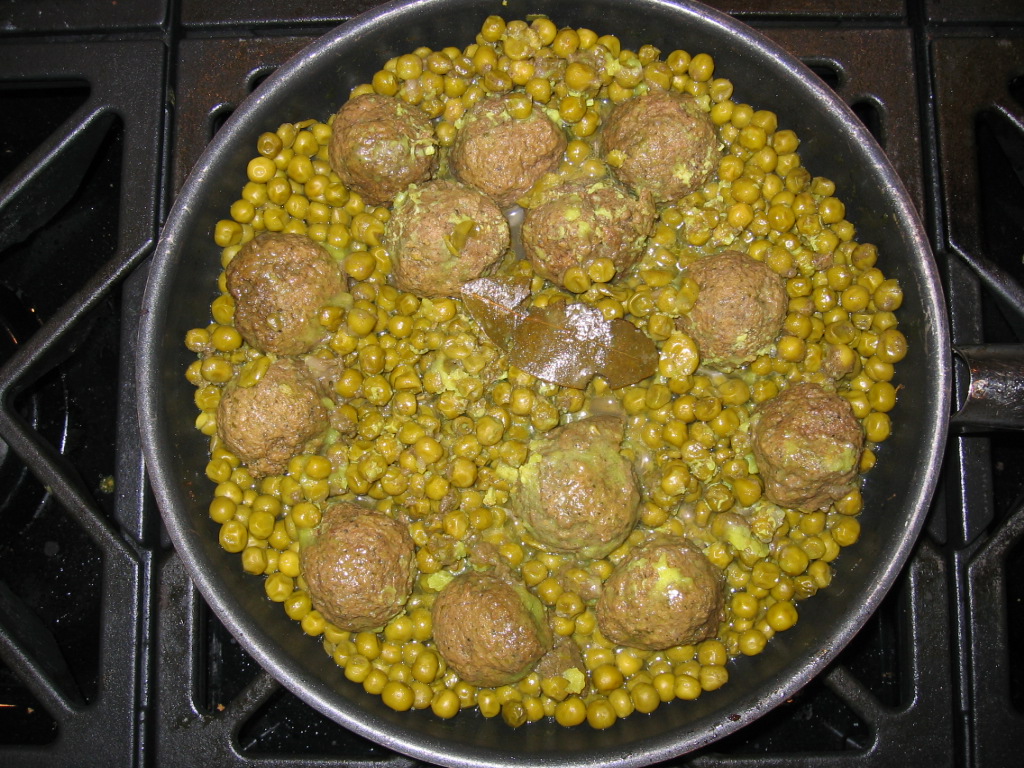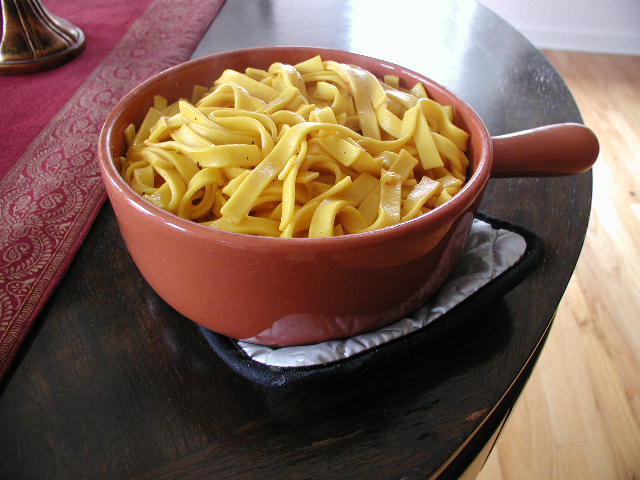Sukkot Recipes
The Feast of Tabernacles
Origins
Beginning five days after Yom Kippur, Sukkot is named after the booths or huts (sukkot in Hebrew). Jews are supposed to “dwell” in their Sukkah during this week-long celebration (myjewishlearning).
The Hebrew word sukkōt is the plural of sukkah, “booth” or “tabernacle”, which is a walled structure covered with s’chach (plant material, such as overgrowth or palm leaves). A sukkah is the name of the temporary dwelling in which farmers would live during harvesting, a fact connecting to the agricultural significance of the holiday stressed by the Book of Exodus. As stated in Leviticus, it is also intended as a reminiscence of the type of fragile dwellings in which the Israelites dwelt during their 40 years of travel in the desert after the Exodus from slavery in Egypt. Throughout the holiday, meals are eaten inside the sukkah and many people sleep there as well. (wikipedia)
https://koshercowboy.com/2019/10/20/sukkot-story-under-the-nose-of-the-inquisition/
The Sukkah
The sukkah walls can be constructed of any material (wood, canvas, aluminum siding, sheets). The walls can be free-standing or include the sides of a building or porch. The roof must be of organic material, known as s’chach, such as leafy tree overgrowth, schach mats or palm fronds – plant material that is no longer connected with the earth. It is customary to decorate the interior of the sukkah with hanging decorations of the four species as well as with attractive artwork. (wikipedia)
The Four Species
The four species (Hebrew: ארבעת המינים arba’at ha-minim, also called arba’a minim) are four plants mentioned in the Torah (Leviticus 23:40) as being relevant to the Jewish holiday of Sukkot. Rabbinic Jews tie together three types of branches and one type of fruit and wave them in a special ceremony each day of the Sukkot holiday, excluding Shabbat. The waving of the four plants is a mitzvah prescribed by the Torah, and contains symbolic allusions to a Jew’s service of God. (wikipedia)
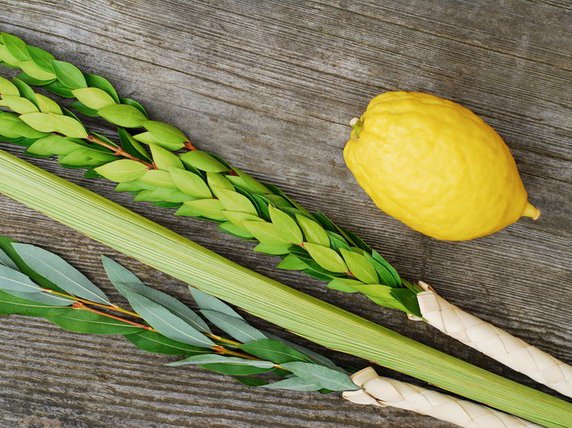
The four species include: the lulav (made up of a closed frond of the date palm tree palm branch, willow and myrtle branches held together by a woven palm branch. And finally, the etrog, which is a lemon-like fruit with a hearty citrus smell.
The ritual for the lulav and etrog include reciting blessings over them and waving them in six directions—north, south, east, west, up, and down—symbolizing that God can be found in all directions, not just in one particular place.
Sukkot is the only festival associated with an explicit commandment to rejoice, which appears three times in the Torah.
Waving the Lulav
It is a mitzvah to wave the lulav on each of the first seven days of Sukkot. The proper time is in the morning — either before the morning service or during the service immediately before the Hallel. A meditation (found in the Siddur, or prayer book) is recited prior to the blessing (this has many kabbalistic secrets concealed within it).
Blessing for Waving the Lulav
Read the Hebrew text of the blessing on Sefaria.
On the first day of waving add:
“Blessed are You, Lord our God, King of the Universe, who has granted us life, sustenance, and permitted us to reach this season.”
Barukh atah Adonai Eloheinu melekh ha’olam shehehiyanu v’kiyemanu v’higiyanu lazman hazeh.
After the Blessing
Before the blessing, the etrog is held with its pittum (stemlike protrusion) pointed downward. After the blessing, it is inverted so that the pittum faces up. At this point you wave/shake the lulav (together with the other three) in the following manner:
1. Stand facing east.
2. Hold the lulav out to the east (in front of you) and shake it three times. Each time the motion of shaking should be a drawing in to you–reach and draw in, reach out and draw in, reach out and draw in.
3. Repeat the same motion three times to your right (south), behind over your shoulder (west), to your left (north), raising it up above you, lowering it down below you.
4. All of these should be done slowly and deliberately–concentrating on the symbolisms and intentions of the act. The lulav is also waved during Hallel while saying: “Give thanks to the Lord for He is good, for His lovingkindness endures forever.”
“Blessed are You, Lord our God, King of the Universe, who has sanctified us with His commandments and has commanded us concerning the waving of the lulav.”
Barukh atah Adonai Eloheinu melekh ha’olam asher kid’shanu b’mitzvotav v’tzivanu al netilat lulav.
Hodu – shake front [East]
L’Adonai – [never shake when saying God’s name]
Ki – shake right [South]
Tov – shake back [West]
Ki – shake left [North]
Le-olam – shake up
Chasdo – shake down
This verse occurs twice during Hallel.
The lulav is again waved while saying: “Let Israel say that His lovingkindness endures forever.”
Yomar – shake front [East]
Na – shake right [South]
Yisrael – shake back [West]
Ki – shake left [North]
Le-olam – shake up
Chasdo – shake down
And it is waved again while saying: “We implore You, Lord, save us.”
A-na – [Shake front/East on first syllable, shake right/South on second syllable]
Adonai – [never shake when saying God’s name]
Ho-shi-ah [Shake back/West first syllable, shake left/North second syllable, shake up last syllable]
Na – shake down
Exception
The lulav and etrog are traditionally not waved on Shabbat because bringing these items to the synagogue would violate the prohibition against carrying. Some liberal synagogues do wave the lulav and etrog on Shabbat. While it is customary for each individual to have a lulav and etrog, many synagogues leave some sets in the synagogue sukkah for the use of their members. The lulav and etrog may also be waved at home. (myjewishlearning)
Chag sameach!
Tradition (hada) of Sukkot
It is customary to serve noodles, meatballs and peas, and potato omelet.
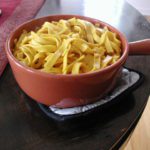
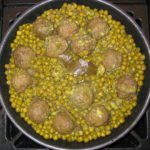
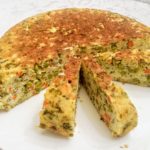
Pomegranates were the dessert of choice as well as dry fruit, dates and figs
Arak (Mahia) or Ouzo was served with these dishes.

The beautiful bottles were decorated by my friend and artist, Rachel Shemtov. Visit her Facebook page.
Click here for all Sukkot recipes.

